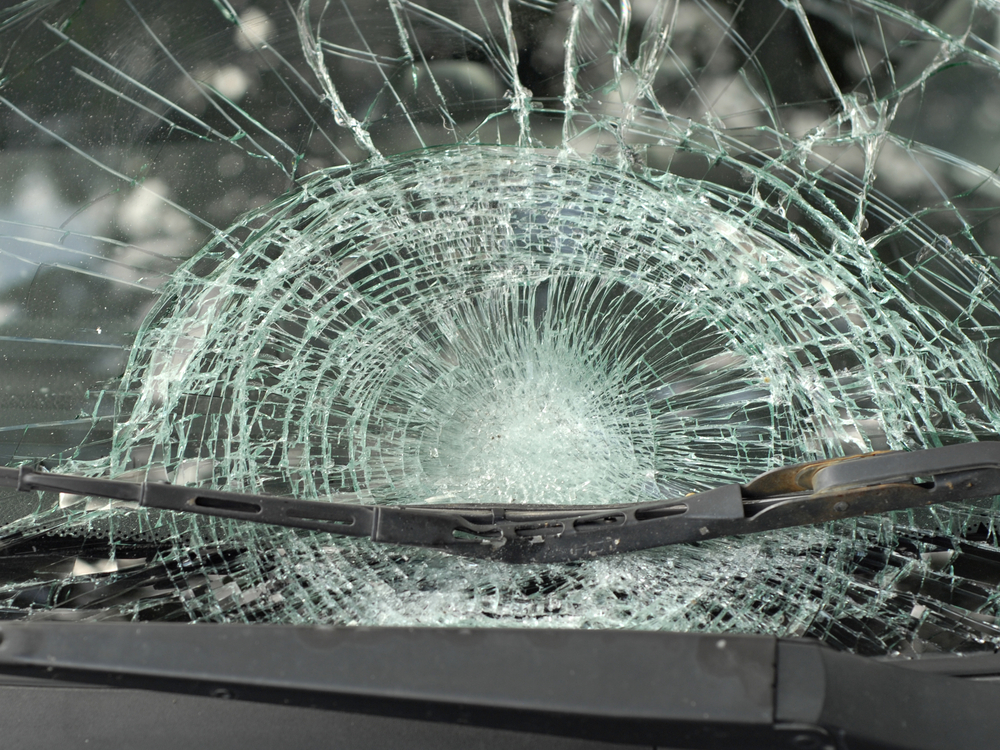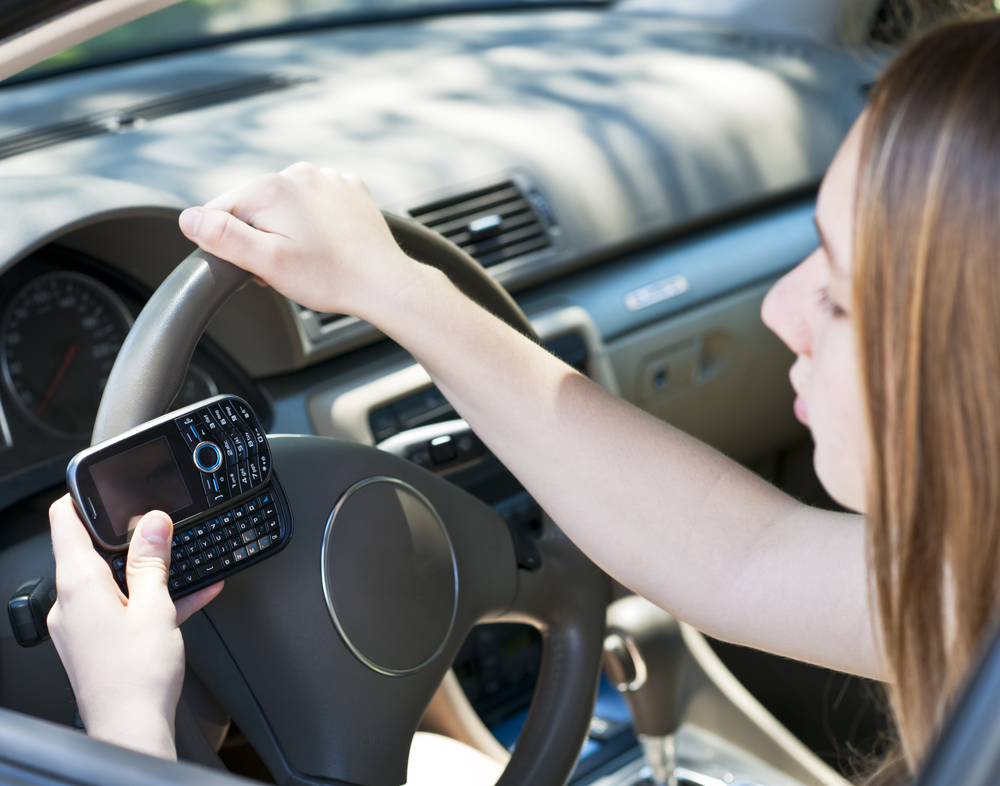Common Locations for Reckless Driving Accidents
Reckless driving car accidents can occur in various locations, but certain areas are more prone to such incidents due to specific characteristics and traffic patterns. Some common locations where reckless driving accidents often happen include:
- Busy Traffic Intersections – Accidents frequently occur at intersections, especially when drivers run red lights, fail to yield the right-of-way, or engage in aggressive maneuvers. T-bone collisions are common in these areas, resulting from the side impact of one vehicle striking another.
- Highways and Freeways – High-speed environments like highways and freeways are prone to reckless driving accidents. Excessive speeding, aggressive lane changes, and tailgating contribute to the increased risk of collisions at high velocities.
- Construction Zones – Reckless driving in construction zones poses significant dangers. Speeding, failing to follow posted signs, and aggressive behaviours can lead to accidents, endangering both construction workers and other motorists.
- Residential Areas – Despite lower speed limits, residential areas are not immune to reckless driving. Speeding, distracted driving, and failure to observe traffic rules in neighbourhoods can result in accidents with serious consequences for pedestrians and residents.
- School Zones – Reckless driving near schools poses a grave threat to the safety of children and pedestrians. Speeding, ignoring school zone speed limits, and distracted driving in these areas can lead to devastating accidents.
- Sharp Curves and Turns – Reckless driving accidents often occur on roads with sharp curves or turns, where drivers may misjudge the road geometry or fail to adjust their speed accordingly. These areas demand heightened attention and cautious driving.
- Parking Lots and Garages – Parking lots and garages are prone to fender-benders and collisions caused by drivers speeding, ignoring stop signs, or engaging in aggressive maneuvers while searching for parking spaces.
- Rural Roads – Reckless driving on rural roads, characterized by narrower lanes and less visibility, can lead to serious accidents. Speeding, overtaking improperly, and distracted driving often contribute to the elevated risk in these areas.
If you sustained injuries in a reckless driving accident in one of these locations, an experienced personal injury lawyer can handle every step of your case and guide you through the process efficiently.
How to Prove a Reckless Driving Car Accident Claim
In a reckless driving car crash claim or lawsuit, establishing liability involves presenting evidence to prove driver misconduct. The following key elements are often crucial in making a compelling case:
- Legal Duty of Care – The injured accident victim must first show that the other driver owed a legal duty of care to others on the road. This duty typically involves adhering to traffic laws, exercising reasonable caution, and driving responsibly to prevent harm.
- Breach of the Legal Duty of Care – The injured accident victim must also show that the at-fault driver violated their duty of care through reckless driving maneuvers. This may include speeding, aggressive driving, driving under the influence, or other actions deviating from the expected care standard.
- Actual Causation – There must be a direct link between the at-fault driver’s reckless driving and the injuries or damages the accident victim suffered. This requires proving that the reckless actions were a substantial factor in causing the accident and subsequent harm.
- Proximate Cause – The injured accident victim must show that the injuries or damages were a foreseeable consequence of the other driver’s reckless behaviour. Establishing a proximate cause helps attribute responsibility to the at-fault driver for the specific outcomes of the collision.
- Damages – To pursue a successful legal claim, the accident victim must have suffered actual damages, such as inconvenience, lost income, or physical pain and suffering.
Eyewitness accounts may also significantly strengthen a car accident case. Testimony from individuals who observed the reckless driving behaviour or the accident itself can provide valuable insights and corroborate the accident victim’s version of events.
Similarly, records of any traffic violations or citations issued to the other driver at the scene of the accident can serve as important evidence and support the claim of reckless driving.
Finally, expert witnesses, such as accident reconstruction specialists or medical professionals, can provide their opinions on the circumstances of the crash, the severity of injuries, or the long-term consequences.
An experienced car accident lawyer in your area can retain experts and gather the evidence necessary to prove your case.
Filing a Successful Claim for Monetary Damages

Filing a claim with the at-fault driver’s insurance company after a reckless driving car crash is a crucial step in seeking compensation for damages and injuries. The process typically involves the following key steps:
- Seek Ongoing Medical Attention – Even if injuries seem minor, promptly seeking medical attention is essential. Documenting injuries and obtaining medical records will strengthen your claim by establishing a link between the accident and your health issues.
- Notify the At-Fault Driver’s Insurance Company – Contact the at-fault driver’s insurance company to initiate the claims process. Provide them with a detailed account of the accident, including the date, time, location, and a description of the reckless driving behaviour that led to the crash.
- Provide Documentation – Submit all relevant documentation to support your claim. This may include the police report, medical records, photos, lost income documentation, and any other evidence that establishes the extent of damages and injuries.
- Cooperate with the Investigation – The insurance company will conduct its own investigation into the accident. Be cooperative and provide any additional information they may request. This may involve additional documentation.
- Negotiate a Settlement – The insurance company may offer a settlement once liability is determined. Be cautious and consider consulting with a personal injury lawyer before accepting any settlement to ensure it adequately covers your damages.
- Consider Legal Assistance – If negotiations with the insurance company are challenging or the offered settlement is insufficient, consulting with a qualified car accident lawyer may be beneficial. A lawyer can advocate for your rights and navigate the legal complexities of seeking compensation.
Filing a claim with the at-fault driver’s insurance company involves thorough documentation, clear communication, and, if necessary, seeking legal guidance to ensure fair compensation for damages and injuries resulting from a reckless driving car crash. Your lawyer can aggressively negotiate with the insurance company on your behalf and pursue the financial damages you deserve.
Recovering Monetary Damages for Injuries in a Reckless Driving Accident
In a reckless driving collision, the financial damages incurred by an injured accident victim can be extensive and cover various aspects of their life. The types of financial damages that are typically recoverable in such cases include:
- Lost Wages – Reckless driving collisions often result in injuries that require time away from work for recovery. Accident victims can claim compensation for lost income during recovery, including any potential future loss of earning capacity if the injuries lead to a long-term disability.
- Pain and Suffering – Non-economic damages, such as pain and suffering, encompass the physical and emotional distress that the accident victim experiences. This category seeks compensation for the mental and emotional toll resulting from the reckless driving collision.
- Disability and Impairment – If the reckless driving collision results in permanent disability or impairment, the victim may be entitled to compensation for the long-term effects on their quality of life, earning potential, and overall well-being.
- Funeral Expenses (in cases of wrongful death) – In the tragic event of a fatal reckless driving collision, surviving family members may seek compensation for funeral and burial expenses.
- Loss of Consortium – This type of damage pertains to the deprivation of the benefits of a family relationship, including companionship, support, and intimacy, which may be affected by the injuries sustained in the reckless driving accident.
Seeking compensation for these financial damages involves building a comprehensive case, including medical records, proof of income loss, and expert testimony. Consulting with a personal injury lawyer can help accident victims navigate the complexities of legal proceedings and pursue fair compensation for the various financial effects of their reckless driving collision.

Speak with a Knowledgeable Car Accident Lawyer in Your Area Today about Your Legal Options
If you suffered injuries in a recent car accident that a reckless driver caused, you need to retain an experienced Edmonton personal injury lawyer to represent you throughout your case. Your lawyer can aggressively fight for your legal rights and pursue the financial compensation you deserve for all of your accident-related losses.

